5 Unexpected Ways Hawaii Salt Can Transform Your Kitchen Game (And Why You're Missing Out)
Table of Contents
- Introduction: The Hidden Power of Hawaii Salt
- What Makes Hawaii Salt So Special?
- 5 Game-Changing Tips for Using Hawaii Salt
- Curing Meats Like a Pro
- Elevating Chocolate Desserts
- The Ultimate Steak Finisher
- Salt-Roasting Vegetables
- Spice Blends That Need This Salt
- Hawaii Salt vs. Other Specialty Salts: A Side-by-Side Breakdown
- The Science Behind the Flavor Boost
- How to Store and Preserve Hawaii Salt
- Conclusion: Spice Up Your Life, Literally
Introduction: The Hidden Power of Hawaii Salt
If you thought salt was just something you sprinkle on fries to make them taste better, it's time for a wake-up call. We’re talking about Hawaii salt — not your average table salt, but a volcanic-powered flavor bomb from the islands that’s been quietly revolutionizing kitchens around the world.
What Makes Hawaii Salt So Special?
Hawaii salt, or more specifically Hawaiian sea salt, comes in several iconic colors: red (alaea), black, and even gold varieties. These aren't dyed for Instagram appeal—they owe their hues to natural minerals and volcanic clay found only in the islands.
| Type | Origin | Mineral Content | Texture | Best For |
|---|---|---|---|---|
| Red Alaea | Volcanic Clay + Sea Salt | Iron Oxide Rich | Coarse & Flaky | Grilling, Curing, BBQ Rubs |
| Black Lava | Charcoal & Sea Salt Blend | Activated Charcoal | Fine & Smoky | Desserts, Sauces, Presentation |
| Gold Bamboo | Bamboo Charcoal Infused | Potassium & Trace Minerals | Fine Powder | Cocktails, Light Dishes, Garnishing |
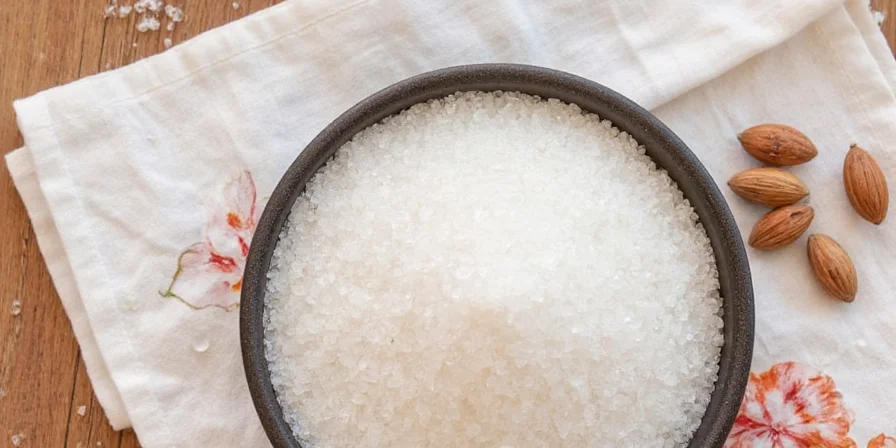
5 Game-Changing Tips for Using Hawaii Salt
You might already be using sea salt, but unless it's got volcanic pedigree, you're missing out. Here are five unexpected ways Hawaii salt can upgrade your cooking game faster than you can say “aloha”:
1. Curing Meats Like a Pro
Want that perfect crust on your brisket or pastrami? Red alaea salt is your new best friend. Its coarse texture and iron-rich composition help draw out moisture while infusing subtle earthiness into meats.
- Use a 1:4 meat-to-salt ratio
- Let sit in fridge for 12–24 hours before cooking
- Brush off excess before searing
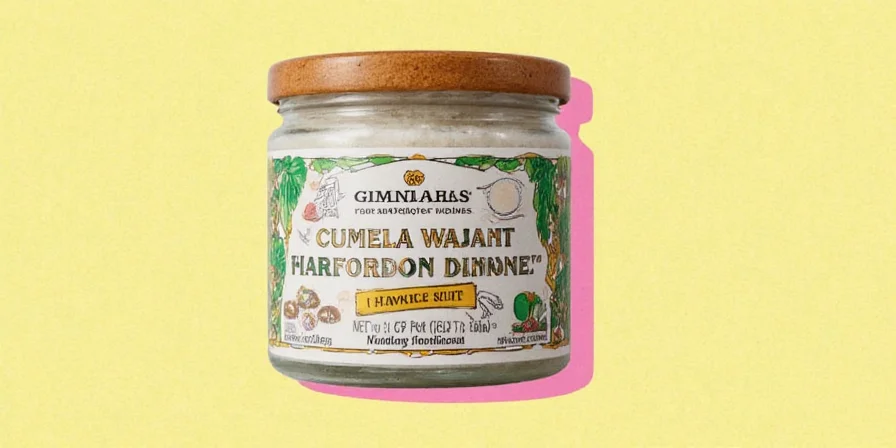
2. Elevating Chocolate Desserts
That’s right—black lava salt adds an intense smokiness that pairs surprisingly well with dark chocolate. Sprinkle lightly over brownies, molten lava cakes, or even vanilla ice cream for a gourmet finish.
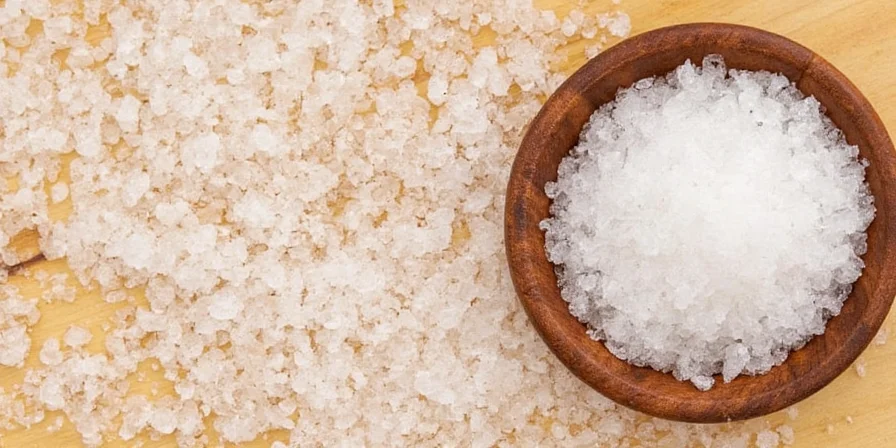
3. The Ultimate Steak Finisher
Forget regular flake salt—finish your grilled ribeye with a pinch of red alaea or gold bamboo salt for a final punch of flavor. It sticks beautifully and gives steak that extra oomph without overpowering the beefy goodness.
4. Salt-Roasting Vegetables
Instead of oil-heavy roasts, try salt-roasting carrots, sweet potatoes, or beets with a generous bed of Hawaii salt. The vegetables retain moisture and absorb trace minerals for a naturally sweeter result.
- Preheat oven to 400°F (200°C)
- Create a salt bed ½-inch thick on baking tray
- Place veggies on top and roast for 25–35 minutes
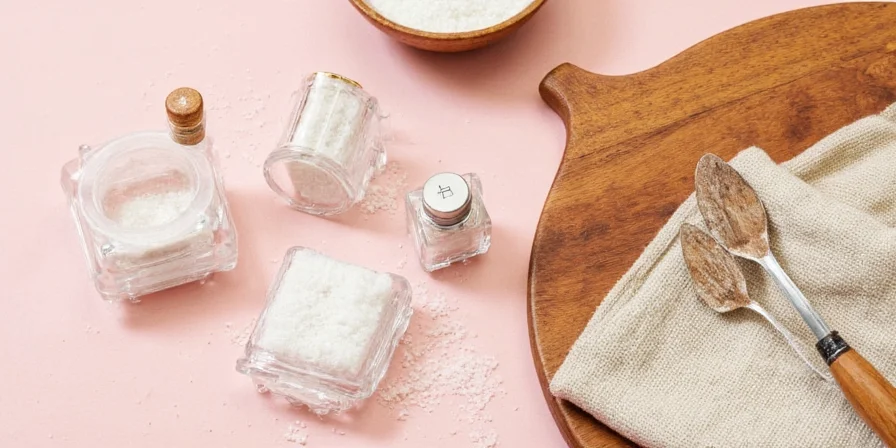
5. Spice Blends That Need This Salt
Mix Hawaii salt into your custom spice blends for rubs or finishing salts. Try these combos:
- Red Alaea + smoked paprika + garlic powder = BBQ Powerhouse
- Black Lava + citrus zest + chili flakes = Funky Citrus Kick
- Gold Bamboo + turmeric + sesame seeds = Golden Umami Bomb
Hawaii Salt vs. Other Specialty Salts: A Side-by-Side Breakdown
Not all salts are created equal. Let’s compare how Hawaii salt stacks up against other global favorites like Himalayan pink salt, Maldon sea salt, and French sel gris.
| Salt Type | Texture | Flavor Profile | Color | Best Use |
|---|---|---|---|---|
| Hawaii Red Alaea | Coarse & Flaky | Rich, Earthy, Slightly Metallic | Reddish-Brown | Curing, Grilling, Rubs |
| Himalayan Pink | Crunchy, Granular | Mineral-forward, Subtle Brininess | Pink Crystals | Everyday Cooking, Salt Blocks |
| Maldon Sea Salt | Delicate Flakes | Briny, Clean, Mild | White | Finishing, Baking |
| French Sel Gris | Dense & Moist | Salty, Buttery, Complex | Grayish-White | Cooking, Seafood, Sauces |
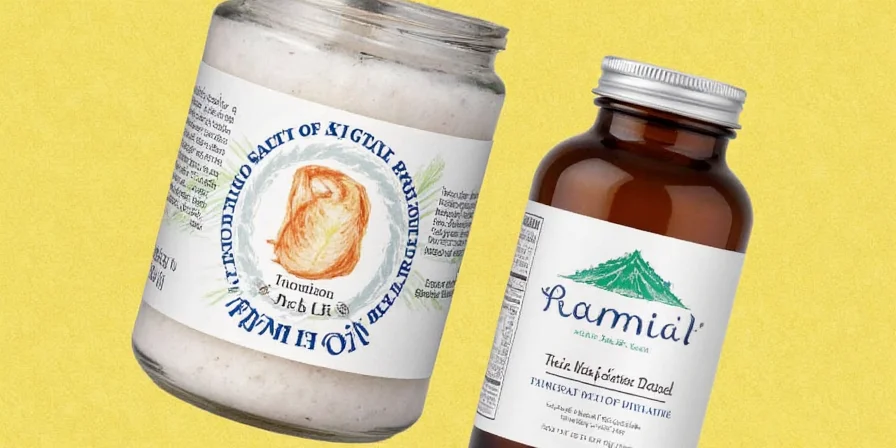
The Science Behind the Flavor Boost
Why does Hawaii salt seem to deliver such a big flavor punch? It’s not just hype—it’s science.
- Trace Minerals: Natural mineral content enhances umami and depth.
- Moisture Retention: Some Hawaii salts retain slight moisture, which helps dissolve flavors more evenly across your tongue.
- Volcanic Influence: Volcanic elements may subtly alter pH levels in dishes, enhancing overall taste perception.
Think of it as the salt version of terroir—only this one comes from ancient volcanic craters and ocean spray.
How to Store and Preserve Hawaii Salt
Hawaii salt may come from the tropics, but it doesn’t want to live in one. Here’s how to keep it fresh and flavorful:
- Airtight Containers: Keep it dry to prevent clumping.
- Cool & Dark: Avoid direct sunlight or heat sources.
- Glass Jars Preferred: Plastic can sometimes absorb odors or flavors.
If stored properly, Hawaii salt can last indefinitely—though we doubt it’ll hang around long once you start using it.
Conclusion: Spice Up Your Life, Literally
Hawaii salt isn’t just another trendy kitchen item—it’s a powerhouse ingredient with serious culinary credentials. Whether you’re curing meats, finishing desserts, or experimenting with spice blends, this salt deserves a permanent spot in your pantry.
So next time you reach for that shaker, remember: not all salts were created equal. Some come from volcanoes, carry centuries of island tradition, and pack a flavor punch so strong it could knock your flip-flops off.
Now go ahead—shake things up, island-style.

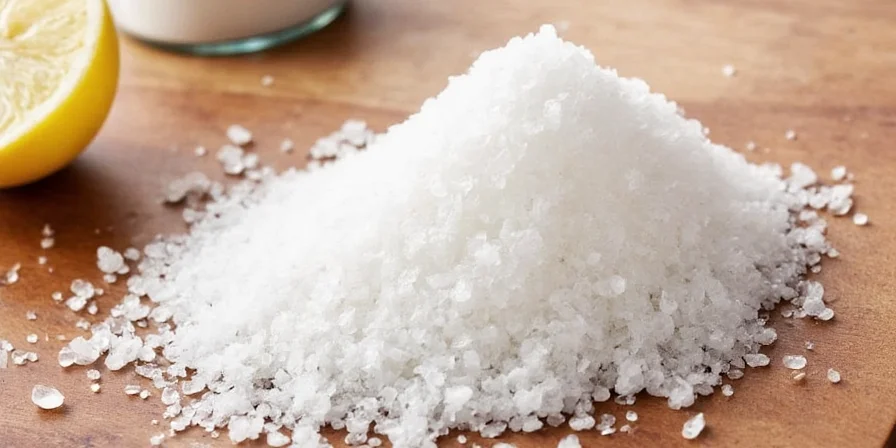









 浙公网安备
33010002000092号
浙公网安备
33010002000092号 浙B2-20120091-4
浙B2-20120091-4